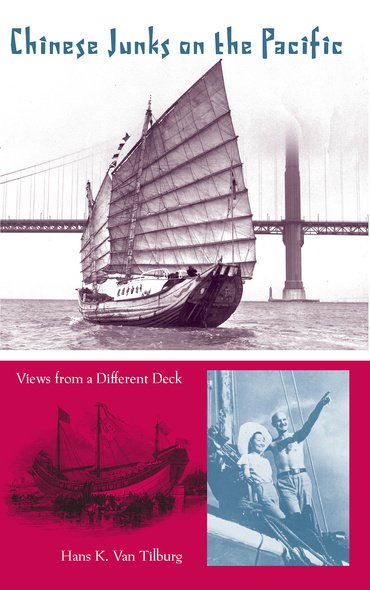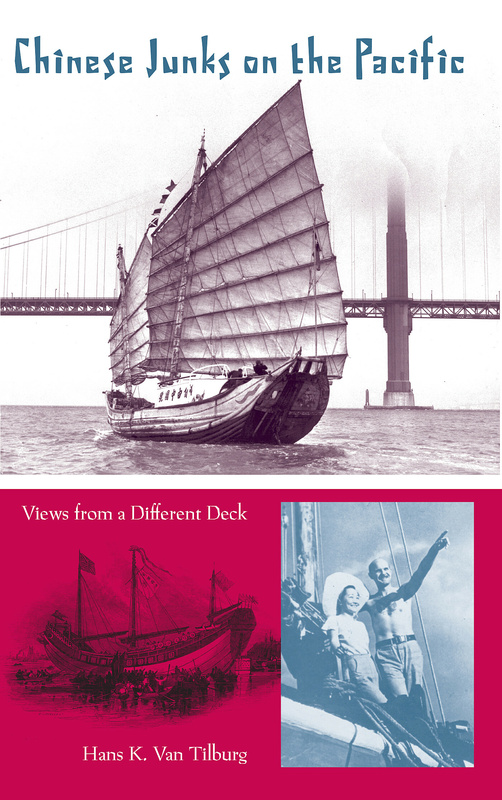
Chinese Junks on the Pacific
Views from a Different Deck
From a Western perspective, junks were among the most mysterious vessels ever to sail the open seas. Offering more than just history, Chinese Junks on the Pacific focuses on ten ships, such as the Whang Ho, Ning Po, and Amoy, that sailed to the United States in the early twentieth century. Hans Van Tilburg examines why these ships, some of the last commercial sailing junks of China, came to the West, what they represented, and why we are only now beginning to understand East Asian seafaring. Crowds gathered in San Diego, Los Angeles, San Francisco, and Portland to welcome the ships with a mixture of surprise and derision. In the era of the steamship, these were quaint, unwieldy constructions fashioned to look like sea monsters and bizarre objects of fancy. But they were also traveling cultural objects. Some served as floating museums, displaying grisly weaponry and other artifacts. The arrival of these vessels allowed Western observers a rare glimpse of a littleknown yet sophisticated maritime technology and seafaring culture.
Combining history with ethnology, anthropology, maritime archaeology, and nautical technology, Van Tilburg provides a window into the lives of Chinese seafarers, their transpacific experiences, and a critical look at our own crosscultural perceptions. He draws on a wide range of newspaper sources, secondary texts, nautical treatises, archaeological site work, rare historical photos and sketches, and the personal testimony of the sailors themselves to view these junks not only as transport vehicles but as complex cultural artifacts that “speak” of a distant seafaring past and intimate cultural ties to the sea.
This important and original study, with the rather unlikely selection of twentieth-century representatives, reaches far beyond that era to explain the historical and cultural significance of a vessel type poorly understood by westerners.'—Sea History
This monograph is rather unusual, not because it deals with old-fashioned Chinese ships but because it treats surviving ships as living records of China’s pre-modern shipbuilding and shipping practices at an archaeological and anthropological juncture. This is a welcome move in scholarship.'—Mariner’s Mirror
It is Van Tilburg’s goal to broaden our understanding of Chinese nautical technology, to explore the evolution of Chinese vessels between the fifteenth and nineteenth centuries, to investigate the differences between Chinese and Western ships and, in the absence of historical documents, to read the vessels themselves as cultural artefacts [sic] or texts that contain historical information regarding their construction and functions that would otherwise be lost to history.'—International Journal of Maritime History
Seeks to introduce Chinese agency into Pacific history by focusing on the voyage of ten junks that crossed the Pacific between 1905 and 1989…. Reveals the multifarious history behind these vessels and the stereotypes held by an intrigued American public witnessing their arrival.'—Bulletin of the Pacific Circle
Hans Konrad Van Tilburg, maritime heritage coordinator for the National Oceanic and Atmospheric Administration, is the author of A Civil War Gunboat in Pacific Waters: Life on Board USS Saginaw.
"Successfully shows how Chinese oceangoing junks are linked to the West, both in the past and the present."—Historical Archaeology




